When it comes to red wine, the choices seem endless and overwhelming. However, two varietals have consistently risen above the rest, capturing the hearts and palates of wine enthusiasts around the world: Tempranillo and Malbec. Hailing from different corners of the globe – Tempranillo finds its home in Spain while Malbec originates from Argentina – these two wines showcase distinctive characteristics that set them apart from one another.
Whether you prefer a bold and robust red or a smooth and elegant sip, exploring the differences between Tempranillo and Malbec is a fascinating journey into the world of wine that will undoubtedly leave you with a newfound appreciation for both. So buckle up as we embark on this flavorful showdown between two titans of viticulture!

Understanding Tempranillo
Tempranillo, often hailed as the “noble grape” of Spain, is a captivating varietal that has been captivating wine enthusiasts for centuries. With its deep red color, versatile flavor profile, and ability to mirror the unique terroirs in which it is grown, Tempranillo truly embodies the essence of Spanish winemaking. While it may be best known as the backbone of Rioja wines, this grape can also produce exceptional single-varietal expressions that showcase its distinct characteristics.

One aspect that sets Tempranillo apart from other grapes is its ability to adapt to different climates and soil types. From the sun-drenched vineyards of Ribera del Duero to the cooler regions of Toro and even as far south as Andalusia, Tempranillo manages to thrive and reflect its surroundings. This versatility allows winemakers to craft a wide array of styles – from elegant and silky wines with notes of red fruit and vanilla, to bold and structured versions with dark berry flavors and hints of tobacco.
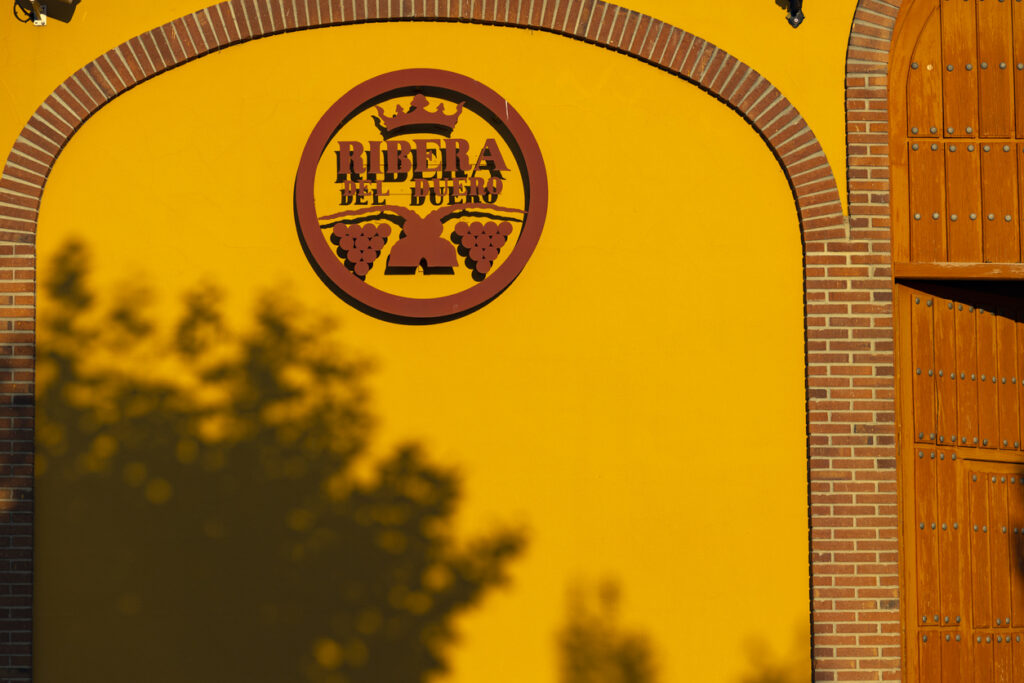
As consumers continue their quest for authenticity in wine, Tempranillo offers a fresh perspective on what Spanish wine can offer. Its resilience in diverse conditions provides winemakers with an intriguing canvas on which they can experiment with different techniques and approaches.
Understanding Malbec
Malbec, a red wine grape variety originally from France, has found its true home in Argentina. To truly understand what makes Malbec unique, one must explore the distinctive characteristics that arise from the region’s terroir and winemaking techniques. With high altitude vineyards nestled in the Andes mountains and intense sunlight at these elevated heights, Argentinian Malbecs display exceptional depth of flavor and richness.

Argentinian Terroir
The combination of Argentina’s arid climate and diverse soil types contributes to its signature style of Malbec. This varietal thrives in rocky soils with excellent drainage, leading to restricted water uptake by the vines and smaller berries with concentrated flavors. As a result, Argentinian Malbec wines often embody dark fruit flavors such as blackberry, plum, and cherry alongside notes of chocolate and spice. These bold yet balanced characteristics epitomize the allure and appeal of this exceptional grape variety.

With each passing vintage, Argentine winemakers are continuously refining their craft to showcase the full potential of Malbec. By experimenting with different fermentation techniques and aging in various types of oak barrels, they highlight not only the fruity notes but also add complexity through layers of vanilla or tobacco undertones. Moreover, some wineries have started incorporating elements such as whole-cluster fermentation or natural yeasts to create even more expressive wines that truly reflect their unique terroir.
Similarities of Tempranillo and Malbec
Tempranillo and Malbec may come from different parts of the world, but they share some intriguing similarities that make them worth exploring side-by-side. Both grape varieties are known for producing rich, full-bodied red wines with distinct characteristics that set them apart from other varietals.
Ageing
One common trait between these two is their ability to age well, with both Tempranillo and Malbec developing complex flavors and aromas over time. This attribute makes them excellent choices for collectors looking to cellar wines or individuals who appreciate the depth and evolution in a glass.
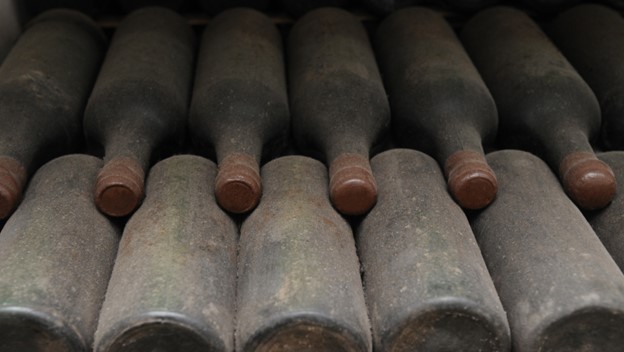
Food Pairing
Another striking similarity between Tempranillo and Malbec lies in their versatility when it comes to pairing with food. The robust nature of both wines allows them to stand up to bold flavors without overpowering the dish. Whether it’s grilled meats, hearty stews, or even spicy cuisine, these reds have the density and structure needed to complement a wide range of dishes. Moreover, the balanced acidity found in Tempranillo and Malbec ensures a harmonious pairing experience by cutting through fatty or oily foods while enhancing the overall dining experience.
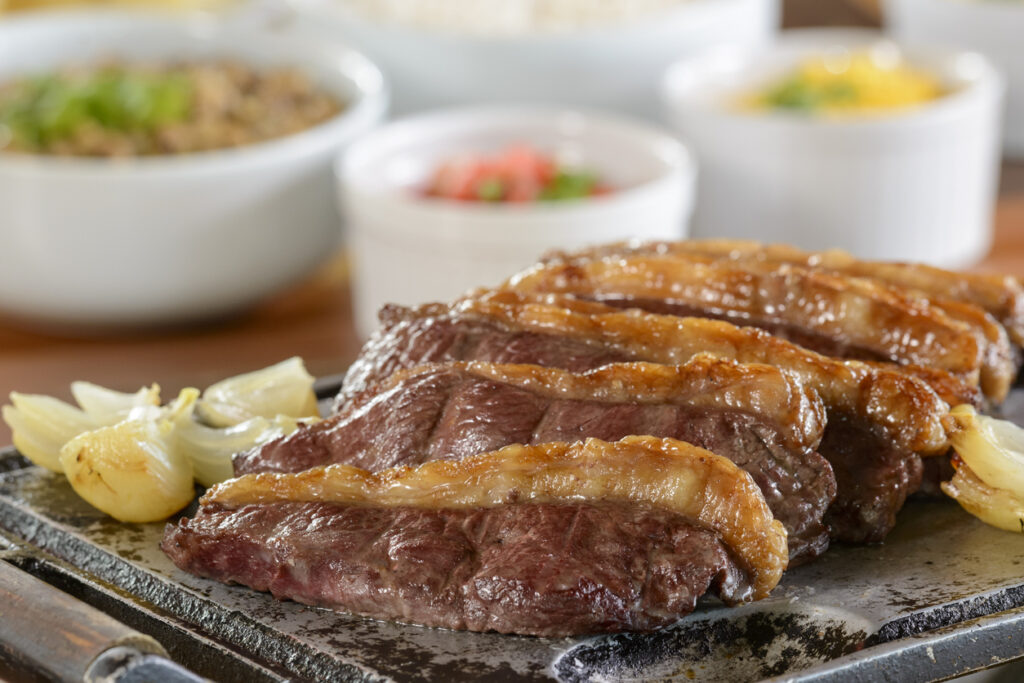
Differences between Tempranillo and Malbec
While both Tempranillo and Malbec are popular red wine grape varieties, they originate from different regions and offer distinct characteristics.
Origin
Tempranillo is primarily associated with Spain, where it is the dominant grape in renowned wines like Rioja and Ribera del Duero. In contrast, Malbec hails from France but has gained recognition through its exceptional expressions in Argentina.

Aroma
Known for its versatility, Tempranillo displays aromas of red fruits like cherry and plum, along with earthy notes of leather and tobacco. Malbec produces deep-colored wines that are rich in fruit intensity. Expect flavors of blackberry, blueberry, and dark cherry with hints of cocoa and spices. Malbec typically offers a full-bodied structure with high tannins that give the wine a velvety texture.

Acidity
Tempranillo, primarily grown in Spain, tends to have moderate to high acidity, which gives the wine a refreshing and lively sensation on the palate. On the other hand, Malbec from Argentina typically has lower acidity levels, resulting in a smoother and more velvety mouthfeel.
Tannins
Another contrasting factor lies in their tannin profiles. Tempranillo often possesses moderate tannins that add structure and firmness to the wine without overpowering it. This makes it an excellent choice for those who prefer a balanced and approachable red wine. In comparison, Malbec exhibits higher levels of tannins. These robust tannins contribute to its bold and intense character, providing a bolder mouthfeel that can appeal to lovers of full-bodied wines.

Alcohol content
Lastly, alcohol content distinguishes these two varietals. While both Tempranillo and Malbec can vary in alcohol level depending on various factors such as climate and winemaking techniques, generally speaking, Tempranillo tends to have lower alcohol content compared to Malbec. The moderate alcohol content common in many Tempranillos allows for easy drinkability while still showcasing the grape’s unique flavors and aromas.

Food Pairing of Tempranillo and Malbec
Both Tempranillo and Malbec are versatile red wine varieties that pair well with a range of different foods. When it comes to pairing these wines, it’s all about finding the right balance between the flavors and characteristics of the wine and the dish.
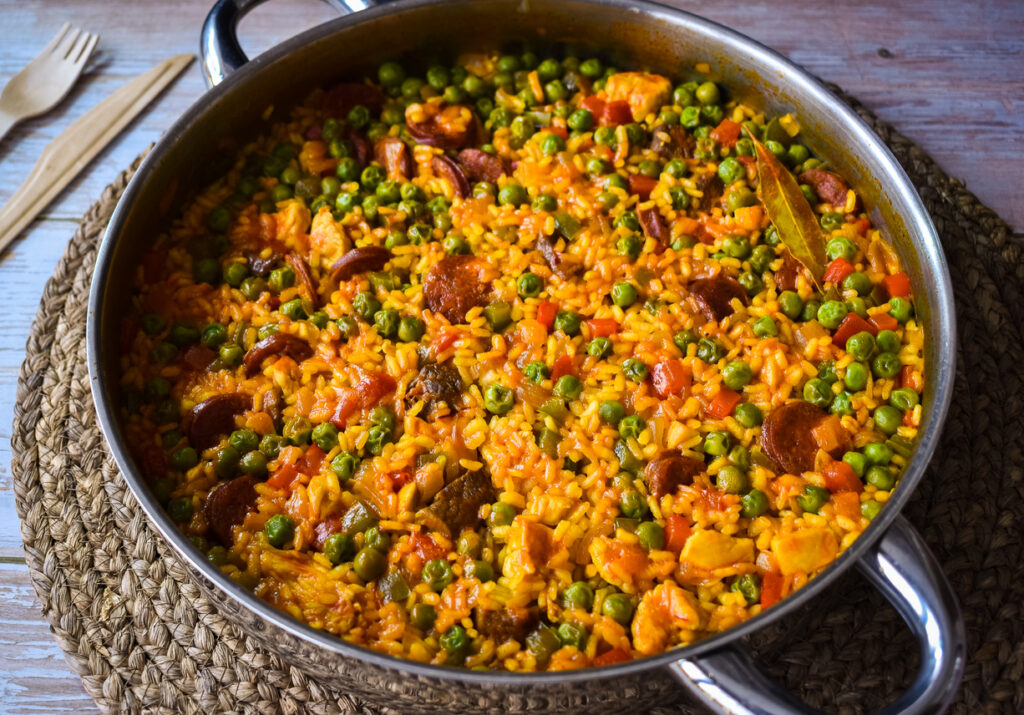
For Tempranillo, one classic pairing is with Spanish cuisine. Its medium-bodied structure and fruity notes of cherry and plum make it a great match for tapas dishes like patatas bravas or chorizo. The smoky undertones in Tempranillo also make it an ideal choice for grilled meats such as lamb or beef. The wine’s acidity cuts through the richness of the meat, creating a harmonious blend of flavors.
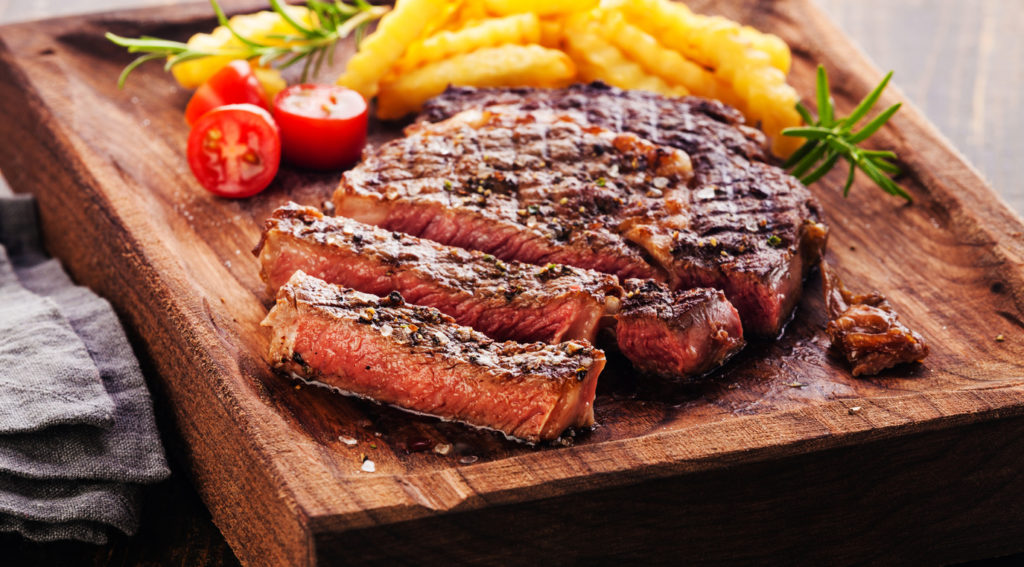
On the other hand, Malbec is renowned for its boldness and intensity, making it an excellent partner for equally robust dishes. A juicy steak cooked to perfection is a perfect accompaniment to this Argentine varietal. The rich flavors in Malbec complement the charred exterior of a steak while enhancing its natural juiciness. Additionally, creamy cheeses like blue cheese or gorgonzola pair exceptionally well with Malbec, as their strong flavors are balanced by the wine’s tannins.
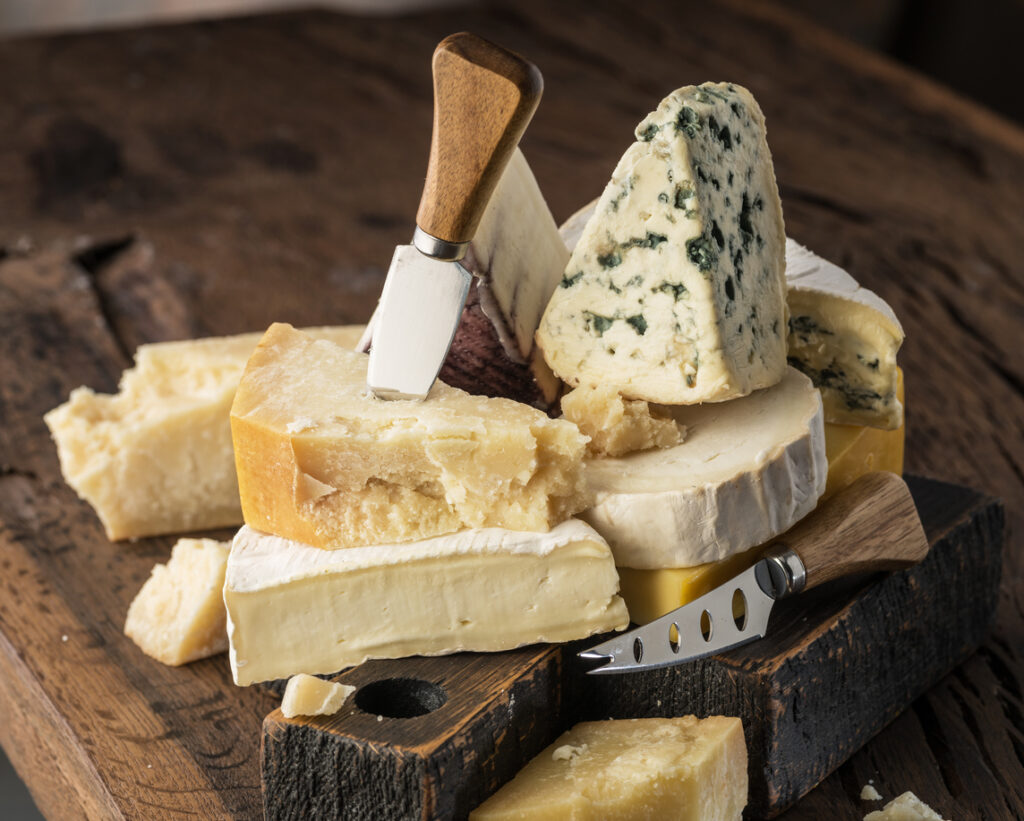
Overall, both Tempranillo and Malbec lend themselves to a variety of different cuisines and dishes alike. By experimenting with various flavor profiles and textures, you can discover your own personal favorite pairings that elevate both your dining experience and enjoyment of these beautiful red wines.
Conclusion
In conclusion, both Tempranillo and Malbec are exceptional red wine varietals that offer unique characteristics and flavors. Tempranillo, with its earthy and fruity notes, is a versatile wine that pairs well with a variety of dishes. On the other hand, Malbec is known for its bold and robust flavors, making it a perfect choice for meat lovers. Ultimately, the choice between these two wines depends on personal preference and the occasion. Whether you’re looking for a smooth and elegant wine or a rich and intense one, both Tempranillo and Malbec have something to offer. So why not try both and discover which one becomes your new favorite?

